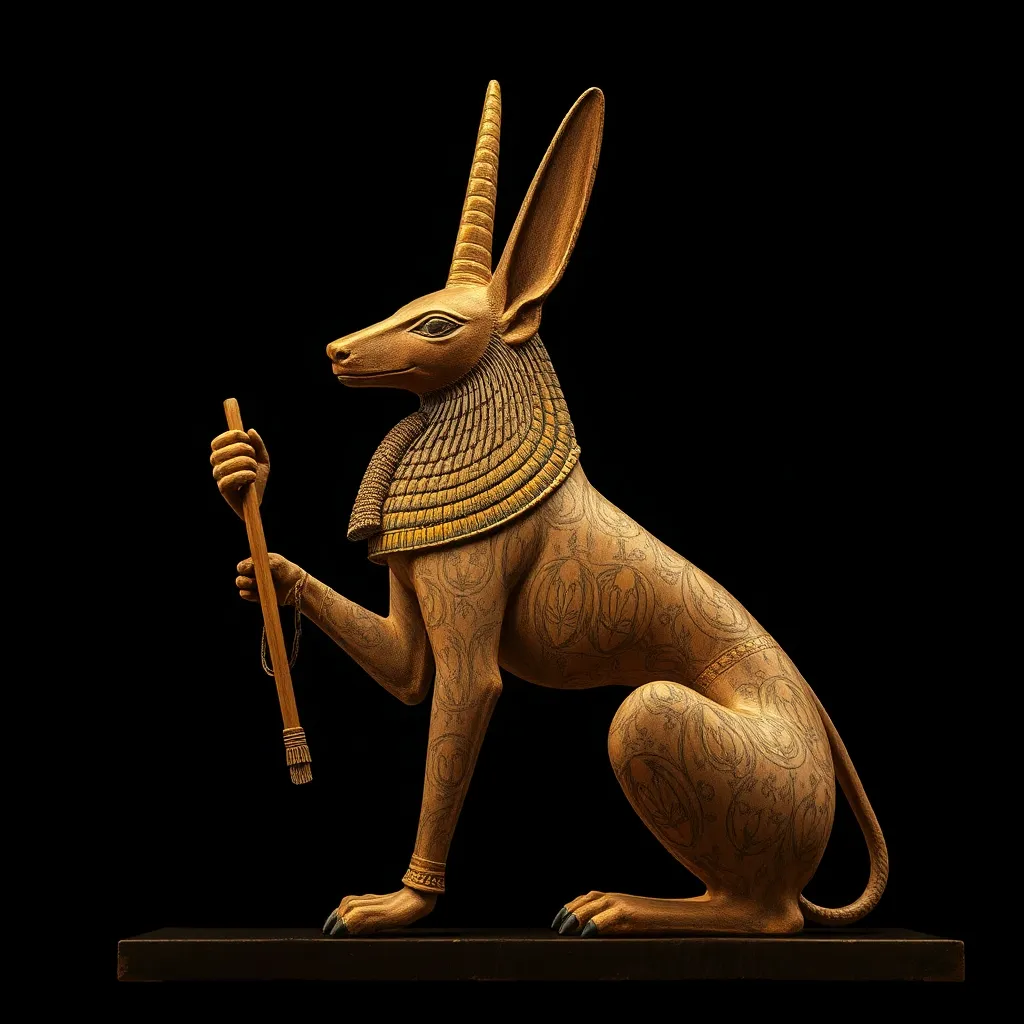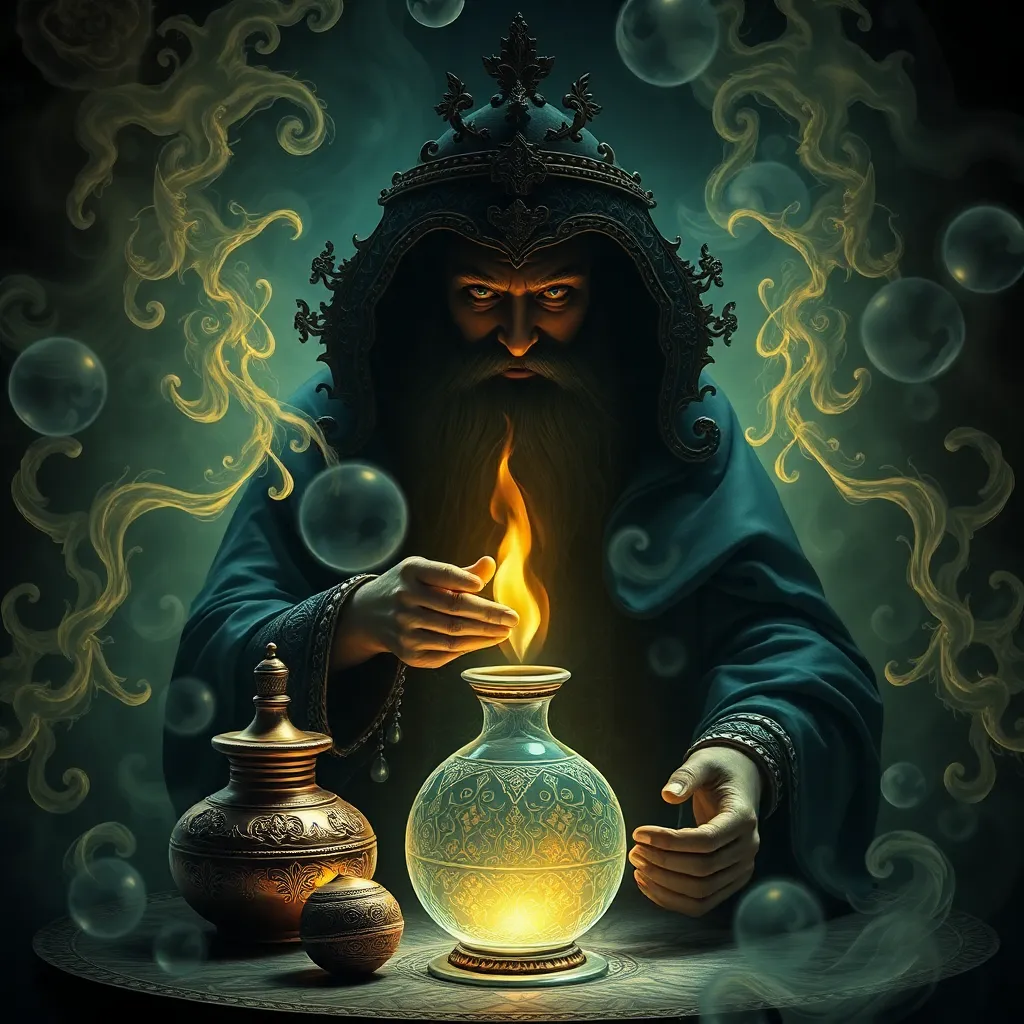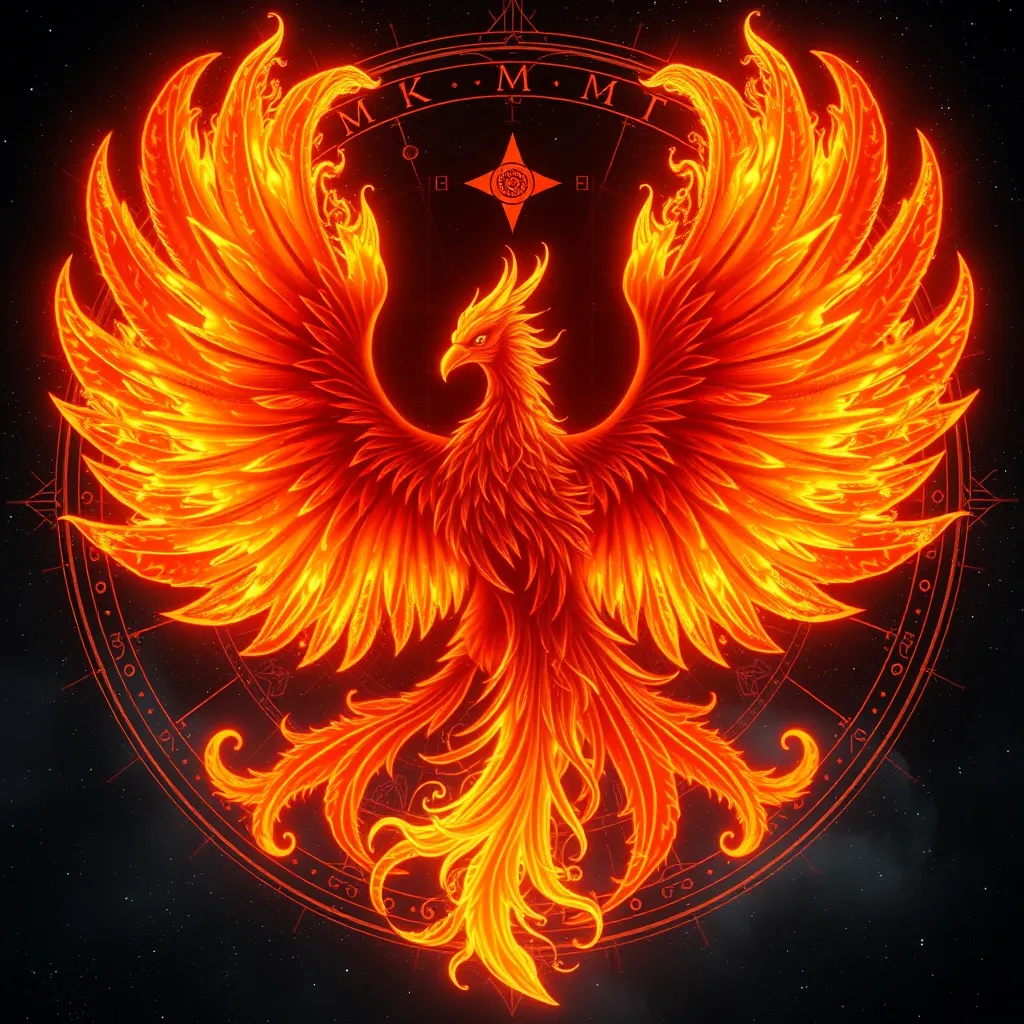Anubis in Egyptian Art: Symbolism and Depiction in Ancient Artwork
I. Introduction
Anubis, one of the most recognizable figures in Egyptian mythology, is often depicted as a man with a jackal’s head. He is primarily associated with mummification and the afterlife, playing a crucial role in ancient Egyptian beliefs about death and the journey that follows. His significance transcends mere representation; Anubis symbolizes protection, guidance, and the sacred rituals that prepare individuals for their journey to the afterlife.
The importance of Anubis in ancient Egyptian culture cannot be overstated. As the god of funerary rites, he was revered as a protector of the dead and a guide to the afterlife. His presence in tombs and temples served as a constant reminder of the belief in life after death. This article aims to explore the historical context, symbolism, artistic depictions, and the enduring legacy of Anubis in Egyptian art.
II. Historical Context of Anubis
A. Origins of Anubis in ancient Egyptian religion
Anubis’s origins can be traced back to the early periods of ancient Egyptian religion. He emerged as a significant deity during the Old Kingdom (circa 2686–2181 BCE), when the practice of mummification became prevalent. Initially, he was associated with the burial of the dead, ensuring safe passage to the afterlife.
B. Evolution of Anubis’s role over time
As Egyptian beliefs evolved, so did Anubis’s role. While he started as a standalone deity associated with funerary practices, he later became intertwined with Osiris, the god of the afterlife. This shift saw Anubis transition from a primary figure in the funerary process to a subordinate role in the Osirian mythos.
C. Anubis in relation to other deities
Anubis was often depicted in relation to other deities, particularly Osiris, who represented resurrection and eternal life. Additionally, he was associated with Isis, the goddess of magic, and Horus, the sky god. This interconnectedness highlights the complex nature of Egyptian mythology and the various roles that Anubis played within it.
III. Symbolism of Anubis
A. Anubis as a guide to the afterlife
Anubis is primarily regarded as a psychopomp, a guide for souls navigating the afterlife. He is depicted weighing the hearts of the deceased against a feather, symbolizing truth and justice. This ritual, known as the “Weighing of the Heart,” determined the fate of the soul in the afterlife.
B. Representation of protection and embalming
In addition to guiding souls, Anubis is also a protector of the dead. His role in embalming was crucial, as he oversaw the mummification process, ensuring that the body was preserved for the afterlife. This protective aspect is often symbolized by the embalming tools associated with him.
C. The significance of the jackal in Anubis’s symbolism
The jackal, an animal often seen around cemeteries, is central to Anubis’s symbolism. It represents his connection to death and the afterlife, embodying the duality of life and death. The choice of a jackal reflects the ancient Egyptians’ understanding of nature and their reverence for the animals that inhabited their world.
IV. Artistic Depictions of Anubis
A. Common artistic styles and techniques used
Artistic representations of Anubis can be found in various forms, from wall paintings in tombs to carved reliefs in temples. The Egyptians utilized techniques such as frescoes, bas-reliefs, and statuary to convey the importance of Anubis in their culture.
B. Variations in Anubis’s portrayal across different periods
Over time, artistic depictions of Anubis varied significantly. In earlier periods, he was often depicted in a more stylized manner, while later representations showcased greater realism and detail. These changes reflect broader artistic trends in Egyptian art and the evolving understanding of Anubis’s role.
C. Iconography associated with Anubis in artwork
- Jackal Head: Anubis is most commonly depicted with a jackal’s head, symbolizing his connection to death.
- Embalming Tools: He is often shown holding various tools used in the mummification process.
- Weighing Scales: Artwork depicting the weighing of the heart emphasizes his role as a judge of the deceased’s fate.
V. Anubis in Funerary Art
A. Role of Anubis in tomb paintings and reliefs
Anubis features prominently in funerary art, particularly in tomb paintings and reliefs. His presence served as a protective figure, reassuring the deceased and their families of a safe passage to the afterlife. These artworks often depict Anubis performing rituals or overseeing the mummification process.
B. Analysis of specific funerary artifacts featuring Anubis
Artifacts such as canopic jars, which housed the internal organs of the deceased, often featured Anubis’s image. His likeness was intended to protect the jars and ensure the safety of the contents for the afterlife. Additionally, statues of Anubis were commonly placed in tombs to guard the deceased.
C. The impact of Anubis’s image on burial practices
The image of Anubis influenced burial practices significantly. His presence in tombs and funerary artifacts reinforced the belief in the afterlife and the importance of proper burial rituals. These practices ensured that the deceased would receive the protection and guidance they needed in the afterlife.
VI. Comparative Analysis with Other Deities
A. Anubis vs. Osiris: Roles in the afterlife
While Anubis guided souls and protected the dead, Osiris represented resurrection and eternal life. This distinction highlights the complementary roles these deities played in the ancient Egyptian understanding of death. Osiris was often seen as the ultimate judge of the dead, while Anubis facilitated the journey to him.
B. The relationship between Anubis and other protective deities
Anubis was not alone in his protective role; other deities, such as Thoth, the god of wisdom, and Isis, the goddess of magic, also played significant roles in the afterlife. Together, they formed a pantheon of protective figures that ensured the deceased’s safe passage and ultimate judgment.
C. How Anubis’s symbolism contrasts with other gods
Unlike more benevolent deities, Anubis embodies the dual aspect of death—both as a guide and a guardian. His connection to the jackal and the mummification process sets him apart from gods like Osiris, who represents life and resurrection, illustrating the multifaceted nature of Egyptian mythology.
VII. Modern Interpretations and Legacy
A. Anubis in contemporary culture and media
In modern times, Anubis has made appearances in various forms of media, including films, literature, and video games. His striking imagery and associations with the afterlife have captured the imagination of contemporary audiences, leading to a resurgence of interest in Egyptian mythology.
B. The resurgence of interest in Anubis and Egyptian art
The fascination with ancient Egypt has seen a revival in recent years, with exhibitions showcasing Egyptian artifacts and art. Anubis stands out as a symbol of this rich cultural heritage, attracting scholars, artists, and enthusiasts alike.
C. Influence of ancient depictions on modern art and symbolism
The artistic representations of Anubis have influenced modern artists, who draw inspiration from his powerful imagery. His symbolism continues to resonate, appearing in tattoos, fashion, and various forms of artistic expression, bridging the gap between ancient and contemporary culture.
VIII. Conclusion
In conclusion, Anubis holds a vital place in ancient Egyptian artwork, representing the complexities of death, protection, and the afterlife. His significant role in funerary practices and artistic depictions illustrates the deep reverence the ancient Egyptians had for this deity. Anubis’s enduring legacy continues to inspire and fascinate, inviting further study and appreciation of Egyptian mythology and art.
As we explore the rich tapestry of Egyptian culture, Anubis serves as a reminder of the intricate beliefs that shaped a civilization, highlighting the importance of understanding our past to appreciate the present.</p



